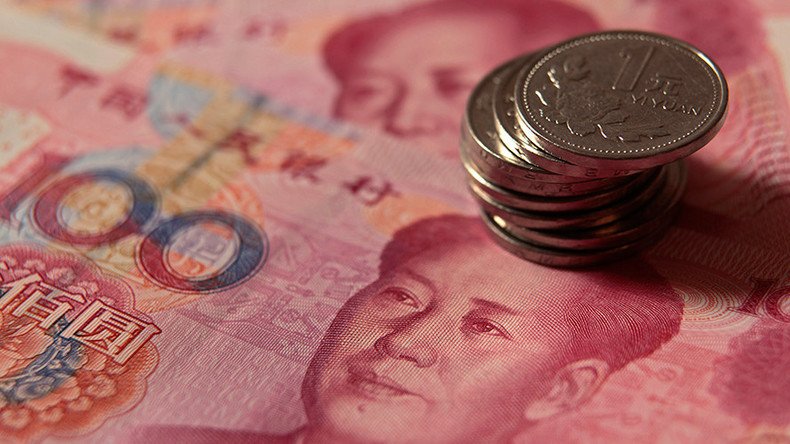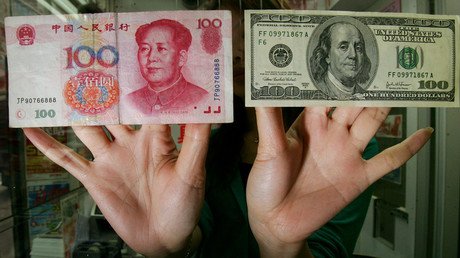Russia & China to extend currency swap agreement to lessen dollar dependence

Economic cooperation between Russia and China has been actively developing according to Russian Deputy Prime Minister Sergei Prikhodko. He says the sides are working to prolong the bilateral currency swap agreement.
"At present, financial regulators of the two countries are working on extending the bilateral currency swap agreement for the next three years,” he said as Russian Prime Minister Dmitry Medvedev heads off on an official visit to China.
Prikhodko added that settlements in national currencies are gradually increasing. “In 2016, the share of national currencies in payments for exports of Russian goods and services amounted to 13 percent, imports, 16 percent. In the first quarter of 2017, these figures rose to 16 percent and 18 percent, respectively," he said.
China has developed a system of cross-border payments in yuan, the China International Payments System (CIPS), to expand the use of its national currency in international payments, according to Prikhodko. He said some Russian banks have already joined CIPS.
READ MORE: Russia to issue 10mn national payment cards
The Russian National Card Payment System (NSPK) and China's UnionPay have agreed to process domestic Russian transactions using UnionPay cards in NSPK. This year the two countries plan a pilot project of UnionPay and Rosselkhozbank for issuing co-badging cards with Russia's Mir payment system.
Russia’s biggest bank launches financing in Chinese yuan http://t.co/2cSyHORExNpic.twitter.com/0zHW05CAcQ
— RT (@RT_com) November 19, 2014
In 2014, Russian and Chinese central banks signed a three-year ruble-yuan currency swap deal worth up to $25 billion, with the aim of boosting trade using national currencies and lessen dependence on the dollar and euro. Russia’s largest lender, Sberbank became the first bank in the country to start issuing credit guarantees denominated in Chinese yuan.
READ MORE: Defying the dollar Russia & China agree currency swap worth over $20bn
Trade between Moscow and Beijing grew 2.2 percent last year to $69.52 billion. The countries have set a goal to boost trade to $80 billion by 2018 and $200 billion by 2020.













